Imperial College London
Type of resources
Available actions
Topics
Keywords
Contact for the resource
Provided by
Years
Formats
Representation types
Update frequencies
Scale
Resolution
-
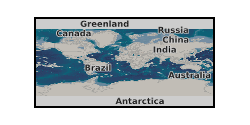
This poster on the UKCCSRC Call 2 project Advanced Sorbents for CCS via Controlled Sintering was presented at the CSLF Call project poster reception, London, 27.06.16. Grant number: UKCCSRC-C2-206. Calcium looping shows significant promise for CO2 capture. The process can lead to an energy penalty as low as 6 - 8 % including the compression of the lean CO2 stream, compared to 9.5 - 12.5 % for amine-based post-combustion capture. To implement this technology on an industrial scale, a large quantity of CaO-based sorbent will be required, therefore the sorbent must be capable of being regenerated and reused.
-
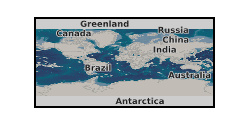
In this study, two strategies, thermal pretreatment and chemical doping, were investigated as a method of improving the residual carrying capacity of Longcliffe and Havelock limestone for calcium looping systems. Four parameters were varied during thermal pretreatment: temperature (900-1100 degrees C), time (3-12 hr), gas composition (0-100 % CO2 balanced in N2) and particle size (90-355 micrometre). After pre-calcination, the sorbents were subjected to 20 carbonation-calcination cycles performed in a thermographic analyser (TGA) to monitor any signs of sorbent improvement. The degradation of sorbent activity was modelled using the decay equation suggested by Grasa and Abanades (2006). Both Longcliffe and Havelock samples showed self-reactivation when pretreated under CO2, however this did not result in a greater carrying capacity after 20 carbonation/calcination cycles compared to the untreated limestone. For chemical doping, Longcliffe doped using 0.167 mol % HBr via quantitative wet impregnation method resulted in an increase in residual carrying capacity of 27.4 % after thermal pre-treatment under CO2 when compared to the untreated but doped limestone, assuming self-reactivation continued as modelled. When Longcliffe was doped and then pretreated under pure N2, the limestone showed self-reactivation, which was not seen in the undoped sorbent when also pretreated under N2. Thus, the success of pretreatment may be dependent on the chemical composition of the limestone. Finally, BET surface area and BJH pore volume analysis was used to understand the changes in the sorbents' morphologies. The closure of the mesopores (dpore<150 nm) after the pretreatment was correlated to the self-reactivation in the subsequent cycles.
-
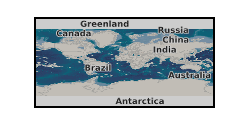
UKCCSRC Call 2 Project C2-199. Datasheet providing detailed stream information pertaining to an Ionic Liquids (IL)-based CCS process. This data arises from a process model developed at Imperial College London.
-
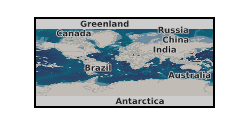
Grant: NE/N016173/1.The data presented herein comprises raw and segmented X-Ray micro-CT data, CMG simulation files and Matlab processing files for the paper 'Representative elementary volumes, hysteresis and heterogeneity in multiphase flow from the pore to continuum scale'. The data is organised as Core 1 and Core 2 respectively. Full core scans are obtained at a resolution of 6 microns. Region of interest (ROI) scans are obtained at 3.45 micron and 2 micon (core 1) and 3.5 micron (core 2). Resolution information is contained within the file names. Voxel sizes in the image files can be changed to match these values. Experimental post-processing files contain the upscaled saturations and porosity values in 3D, which are used in the paper. It also contains the pore-filling analysis. The CMG simulation files contain the input deck, 3D digitial core information (porosity, capillary pressure) needed to simulate both the drainage and imbibition core floods, with corresponding Matlab analysis files. These are Bentheimer outcrop cores obtained from Shell, Amsterdam. It is a shallow marine rock, deposited during the Lower Cretaceous. It outcrops between Enschede and Schoonenbeek in the Netherlands.
-
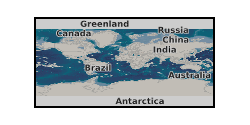
Data associated with the UKCCSRC thermal oxygen project - UKCCSRC-1-39, including rig design, reactor and burner design diagrams, heat transfer calculations for thermal oxygen, CuO-AI2O3 particles preparation procedure document, etc. Data is restricted.
-
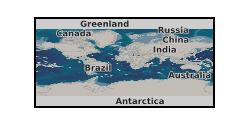
The project is mainly experimental in nature. Sieved samples of a variety of UK, Canadian and Spanish limestones will be pre-calcined and sintered at elevated temperatures to differing extents under various steam atmospheres, potentially with the addition of salts. The relativities of the produced materials will be tested, initially in a thermogravimetric analyser and subsequently in a small electrically-heated fluidised bed. If time allows, extended work will be conducted at elevated pressure (10 - 20 bar), more typical of conditions in pre-combustion capture. In essence, the aim of the project is to develop inexpensive sorbents for CO2 to work within an efficient thermodynamic cycle. Grant number: UKCCSRC-C2-206.
-
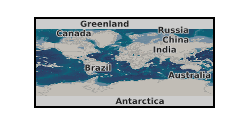
This poster on the UKCCSRC Call 2 project, Advanced Sorbents for CCS via Controlled Sintering, was presented at the Cardiff Biannual_10.09.14. Grant number: UKCCSRC-C2-206.
-
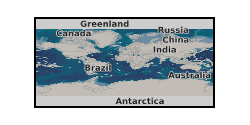
This presentation on the UKCCSRC Call 2 project Advanced Sorbents for CCS via Controlled Sintering was presented at the UKCCSRC Manchester Biannual Meeting, 13.04.2016. Grant number: UKCCSRC-C2-206.
-
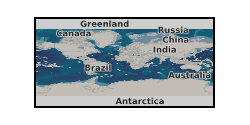
We imaged the steady-state flow of brine and decane at different fractional flows during dual injection in a micro-porous limestone using X-ray micro-tomography. We applied differential imaging on Estaillades carbonate to (a) distinguish micro-porous regions from macro-pores, and (b) determine fluid phase pore occupancy and relative permeability at a capillary number, Ca = 7.3×10-6. The sample porosity was approximately 28 %, with 7% in macro-pores and 21% in pores that could not be directly resolved (micro-porosity). We find that, in addition to brine and decane, a fraction of the macroscopic pore space contains an intermittent phase, which is occupied either by brine or oil during the hour-long scan time. Furthermore, fluid occupancy in micro-porosity was classified into three sub-phases: micro-pore space with oil, micro-pore space with brine, and micro pores partially filled with oil and brine.
-
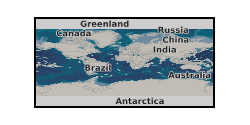
The datasets contain FIB-SEM and X-ray micro-tomographic images of a wettability-altered carbonate rock sample before and after dissolution with reactive CO2-saturated brine at reservoir pressure and temperature conditions. The data were acquired with the aim of investigating CO2 storage in depleted oil fields that have oil-wet or mixed-wet conditions. Our novel procedure of injecting oil after reactive transport has revealed previously unidentified (ghost) regions of partially-dissolved rock grains that were difficult to identify in X-ray tomographic images after dissolution from single fluid phase experiments. The details of image files and imaging parameters are described in readme file.
 NERC Data Catalogue Service
NERC Data Catalogue Service